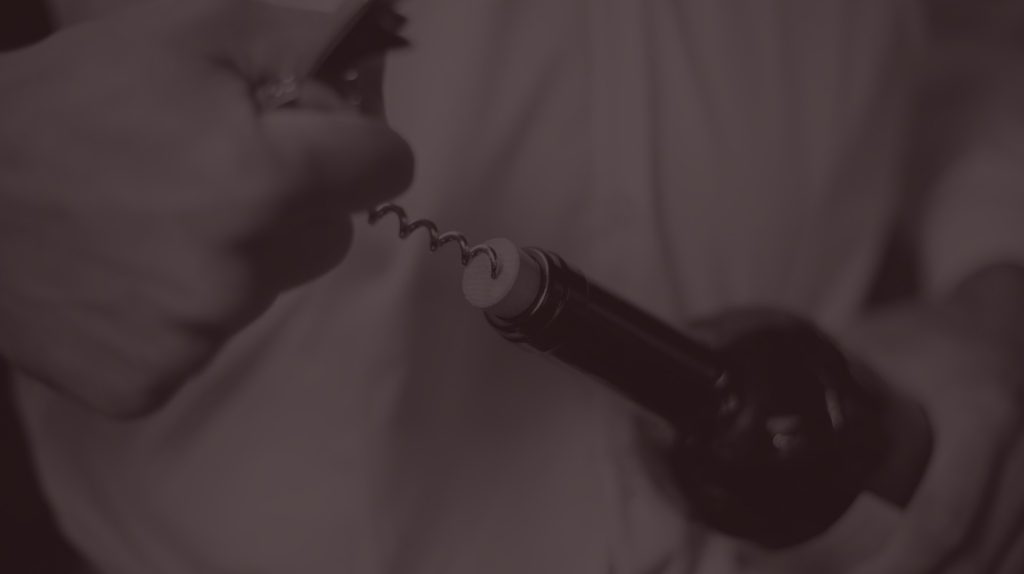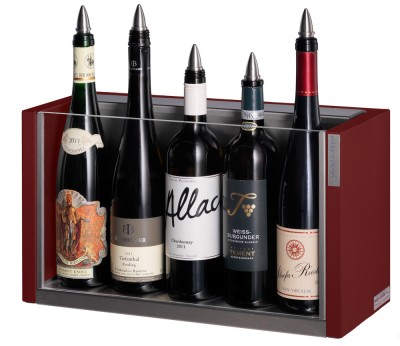
Wine storage & wine serving temperatures are two totally different things. I get asked a lot of questions from customers on this subject & want to take the opportunity to explain the difference in this month’s blog post. Wine storage temperature is a critical factor in maintaining the quality and flavour of wine over extended aging time. The ideal temperature for storing wines long term is universal for all wines. Anything between 10°C & 15°C is correct, but (& this may come as a surprise) consistency is the most essential; fluctuations in temperature should be avoided, as they can cause the wine to age prematurely and affect its overall quality.
Having said that, this isn’t the only factor that is important for your wine to age gracefully. Other factors are the way the bottles are stored, humidity & the lighting of your storage space.
Storage
All bottles closed by a cork should be stored on their sides (to keep the cork moist) whereas screw cap bottles can be stored on their sides or in a vertical position. Ideal humidity should be between 70% – 75% to avoid the cork from drying out and to maintain a proper seal. Total darkness is best when it comes to lighting conditions along with a space with no vibrations. Both natural & artificial light will also speed up the aging process of the wine. Avoid longer periods in a regular refrigerator as the humidity is quite low and the lack of moisture can eventually dry the cork leaving the wine prone to oxidation.
When it comes to wine serving temperatures, it’s a totally different affair & it also differs to personal tastes. Having said that, a lot of establishments in the HoReCa (Hotels, restaurants & cafes) industry tend to serve wines either too cold or too warm at times. A wine that is too cold will hide most of the wines’ aromas (along with some defects the wine might have!) A wine that’s too warm can render the alcohol to be at the forefront of the aromas & palate which shouldn’t be the case either.
Below is my guide to wine serving temperatures:
Fruit forward sparkling, light bodied whites & young rosé – 6°C
Sparkling wine made in the traditional method – 10°C – 12°C (Depending on the complexity of the wine)
Rosé wines with some age & white wines that have been stored on the lees – 8°C – 10°C
Full bodied whites that are either complex or barrel aged – 11°C – 13°C
Light fruit forward red wines – 12°C – 14°C
Medium bodied red wines – 14°C
Full bodied red wines – 16°C – 18°C
Fortified wines – 14°C – 16°C
These are just a few examples of the basics. There’s of course more details I could get into with the different availability of wines we’re lucky to have at our disposal today. Having explained this I always try to keep one thing in mind; I prefer a wine that is slightly too cold, as I can either warm the glass with my hands or wait for it to warm up naturally with the air temperature before I drink it. If the wine is served higher than it’s drinking temperature it’s only going to get warmer.

